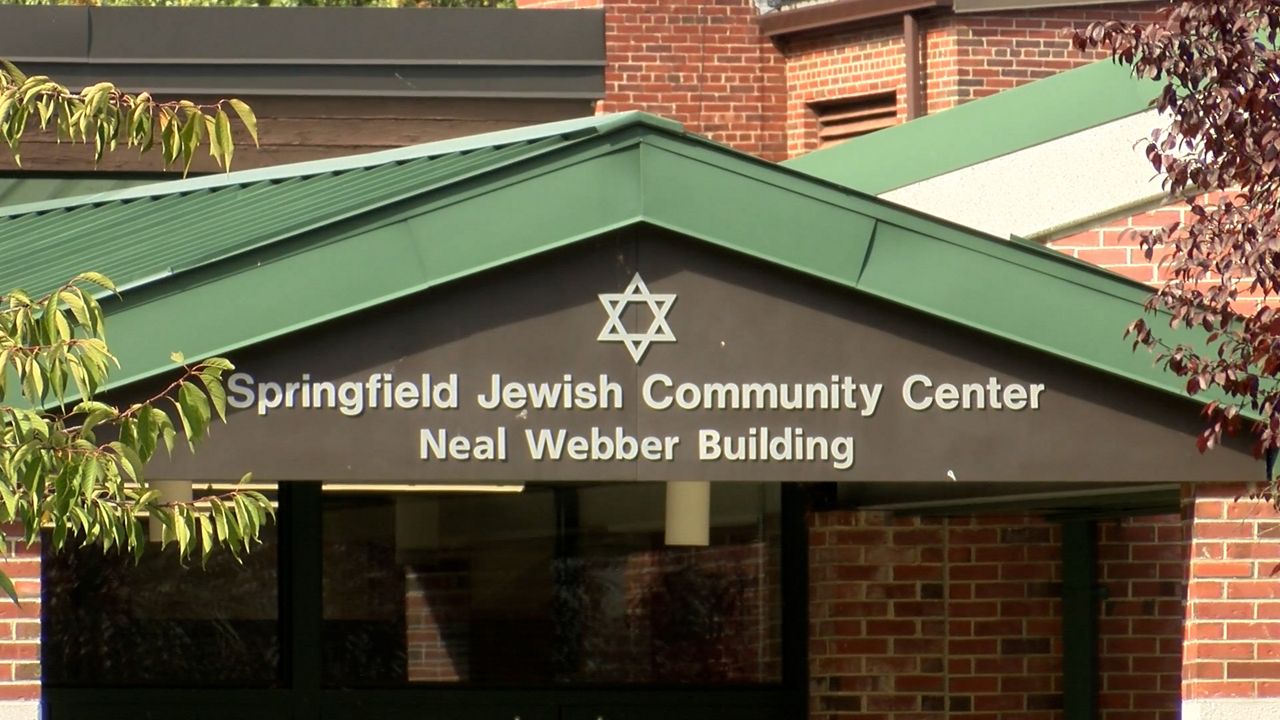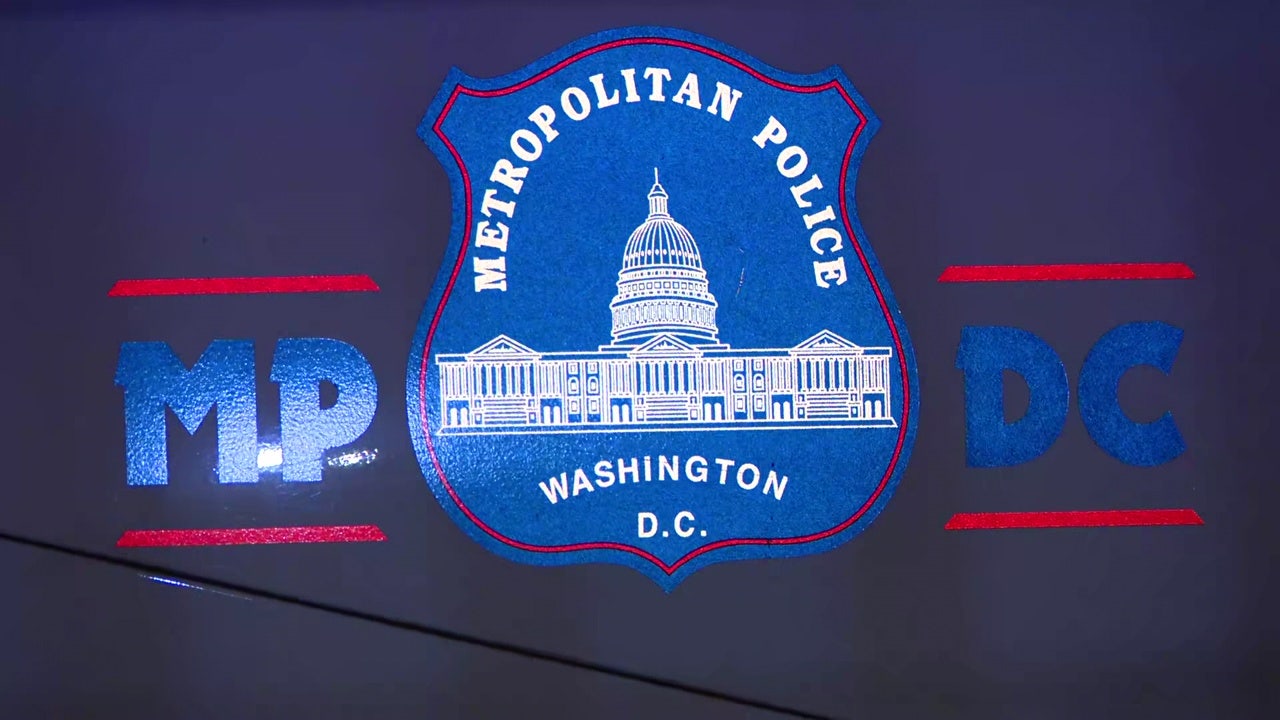Massachusetts
Everything you need to know about the MBTA Communities law but are perhaps afraid to ask – The Boston Globe

And it’s controversial. Housing is a lightning-rod issue, particularly when it is proposed close to home. Already, one town is in court battling the state over the law, and a few other communities have publicly considered following suit.
All of that has propelled the law into the spotlight and created a lot of confusion about what it actually does.
Here’s what you need to know about MBTA Communities, and what it might mean for your community.
What is the law?
MBTA Communities was included in a broad economic development bill that was signed into law in early 2021 by then-Governor Charlie Baker.
Very simply, it requires 177 communities, mostly in Eastern Massachusetts, to write new land-use rules allowing multifamily housing by-right — meaning developments do not need a special permit — in at least one district of town. The district should be within a half-mile of a transit station, if the town has one, and provide a density of at least 15 units per acre — which could be a single five- to six-story building, or a cluster of townhouse condos.
Communities have quite a bit of flexibility on where to place their zone and what to allow in it. A town could draw a relatively small zone that allows for denser, taller buildings, or a larger zone (or zones) that keeps buildings smaller.
What are the guidelines and how were they created?
The statute itself is relatively short and charges the state housing office with creating the law’s parameters — which it did in August 2022.
The most significant piece of the guidelines created “unit capacity” targets that each community’s zoning must hit. The state established four categories of communities with varying levels of obligation under the law.
The first — rapid transit communities, the 12 cities and towns served by the T’s light rail system (the Red, Orange, Green, and Blue lines) — have the greatest obligation, a requirement to create zones that would, theoretically, allow for enough units to increase their housing stock by 25 percent or more. So if a town has 7,500 housing units, they’d have to allow for an additional 1,875. The 12 rapid transit communities had to draw up plans by the end of 2023.
The other categories — commuter rail, adjacent community, and adjacent small town — have lesser obligations. Commuter rail communities, for example, must zone for an additional 15 percent of existing units. Adjacent communities have to zone for five percent. Their plans are due by the end of this year — setting up key votes at spring and fall town meetings in many communities.
Does the law require communities to build all this housing?
No. Not at all. MBTA Communities only requires towns to write new zoning rules. Building the housing is largely up to the market, and that’s where things start to get really complicated.
For starters, those “unit capacity” numbers the state requires are basically a measurement of what would get built in a given zone if the land was entirely empty. Of course, in urban and suburban Massachusetts, empty land is exceedingly rare. And many towns are targeting their most developed areas — downtowns — for their new zoning.
When the state says Newton needs to create a zone that can accommodate 8,330 units, it really means that, in a theoretical scenario where every building in whatever zone the town draws is razed to the ground and then rebuilt at maximum density and height allowed under the zoning, 8,330 units could fit there.
Of course, there are lots of buildings already there. They’re owned by someone. That owner would have to agree to sell before any developer could replace them with something bigger. Most won’t.
There’s also the economy. Interest rates and construction costs are already slowing new housing construction. And — if a town rezones two-story parcels to hold three stories, as Brookline and Newton did last year — there’s not much money in it for a developer, who would have to buy the building, raze it, and then rebuild it just to add one additional floor of apartments.
At its core, MBTA Communities is a zoning law, not a housing production requirement. It asks towns to update antiquated rules that were often passed after towns were built out with more modern ones. That will spark some new development, but only so much.
Does the MBTA have anything to do with the law?
No. Despite the name, the MBTA is in no way involved in the law. MBTA Communities simply applies to cities and towns that have an MBTA stop or are adjacent to a community that has one.
The idea behind the law is to create housing near transit stations — many (though not all) of which are in relatively dense town centers. It aims to encourage transit use and walkability, and it means that most of the density that might result from the law would be clustered near transit stations, generally not in the single-family neighborhoods many residents want to protect.
Whose law is it, anyway?
The law was signed by Baker, but it wasn’t his idea. Housing advocates and some legislators had been kicking around a transit-oriented housing law for the better part of a decade before MBTA Communities was tucked with little fanfare into a 3,000-page economic development bill. Baker did resist calls to veto the measure though, and his administration wrote the guidelines that communities are grappling with today. Governor Maura Healey inherited the rollout of MBTA Communities when she took office in 2023 and has enforced it enthusastically.

What’s going on in Milton?
Because the Mattapan Trolley runs along its northern edge, Milton is classified as a rapid transit community under the guidelines and was supposed to pass new zoning rules by the end of 2023. It did, with a compliant zoning plan that was approved by Town Meeting late last year.
But opponents quickly forced a referendum, and in February, the town’s voters overturned that zoning plan, making Milton the first community in the state to be formally out of compliance with the law.
Attorney General Andrea Campbell sued the town a few weeks later, and the case is set to be heard by the Supreme Judicial Court this fall. Milton, in its legal filings, has claimed that the law’s guidelines are not legally enforceable and put too great a burden on towns. It objects in particular to the town’s “rapid transit” classification, saying the train is too slow and doesn’t hold enough passengers to be in that category. (The state has rebuffed multiple requests from town officials to have Milton reclassified.)
Communities across Eastern Massachusetts are watching closely.
Does the state have legal authority over zoning?
This question is really at the heart of the debate over MBTA Communities, and it’s a question that will be answered by the Supreme Judicial Court later this year.
In their filings, attorneys for Milton argue that the town has constitutional claims to local zoning control under Home Rule, the amendment that grants municipalities the ability to pass their own local rules. They’ve also argued that the attorney general does not have the legal standing to force local governments to adopt certain zoning provisions.
Campbell, as the state’s chief law enforcement officer, sees it differently. MBTA Communities is a state law, she argues, and towns are obligated to comply. Legal experts have told the Globe recently that zoning powers ultimately lie with the state. Municipalities, they say, are creatures of the state, and there are other longstanding state zoning laws that override local control.
The SJC will ultimately rule on a couple of key questions, including whether and to what extent municipalities are obligated to comply with the requirements” of MBTA Communities “and the related [guidelines] issued by what is now the Executive Office of Housing and Livable Communities,” according to recent filings.
Whatever the ruling, it will have huge implications on local zoning and the state’s broader efforts to address the housing crisis.
Andrew Brinker can be reached at andrew.brinker@globe.com. Follow him @andrewnbrinker.

Massachusetts
These maps show what ticks live in Massachusetts

The highest risk of being bitten by multiple types of ticks is during the spring and summer in Massachusetts, risking getting Lyme disease.
Lyme disease can cause nerve pain, aching joints and fatigue. Another tick-borne illness, Rocky Mountain spotted fever, can cause a rash, headaches, fever and vomiting. And ehrlichiosis, also a tick-borne illness, has been associated with an allergy to red meat. Other diseases from tickets include babesiosis, anaplasmosis and tularemi.
As the climate warms, a report by Bloomberg stated that ticks are increasingly spreading into newer territory further north. But researchers at the University of Massachusetts are attempting to find new ways to ward off ticks as the traditional defenses against creatures of their ilk — such as bug sprays — do little to sway a tick from crawling up one’s leg and latching on for a meal.
See below for 5 maps showing what types of ticks live in Massachusetts.
The Center for Disease Control and Prevention states that more research is needed to understand the role of the American dog tick in disease transmission. But they can transmit Tularemia and Rocky Mountain spotted fever.The Center for Disease Control and Prevention
American dog tick
The Center for Disease Control and Prevention states that more research is needed to understand the role of the American dog tick in disease transmission. But they can transmit tularemia and Rocky Mountain spotted fever.
These ticks are most likely to bite humans during the spring and summer.
People should be aware of these ticks any time temperatures are above freezing, the CDC said.CDC

Blacklegged tick
People should be aware of these ticks any time temperatures are above freezing, the CDC said. But the greatest risk of being bitten is in the spring, summer and fall. These ticks can transmit diseases causing Lyme disease, anaplasmosis, hard tick relapsing fever, ehrlichiosis, babesiosis and Powassan virus disease.
The Sharon Health Department confirmed the first case of Powassan virus of 2024 in April, according to a release. They wanred residents to take precautions.

The Brown dog tick is found worldwide. Its host is normally dogs but the tick can also bite humans or other mammals, the CDC said.CDC
Brown dog tick
The brown dog tick is found worldwide. Its host is normally dogs but the tick can also bite humans or other mammals, the CDC said. These ticks can transmit Rocky Mountain spotted fever.
The lone star tick is known as a very aggressive tick that bites humans, according to the CDC.CDC

Lone star tick
The lone star tick is known as a very aggressive tick that bites humans, according to the CDC.
“The adult female is distinguished by a white dot or ‘lone star’ on her back. Lone star tick saliva can be irritating; redness and discomfort at a bite site does not necessarily indicate an infection. The nymph and adult females most frequently bite humans and transmit disease,” the CDC warns.
The tick can transmit Bourbon virus, Ehrlichia chaffeensis and Ehrlichia ewingii, which can cause ehrlichiosis, Heartland virus, tularemia and STARI, the CDC warned. There is also a growing evidence that alpha-gal syndrome, also known as the red meat allergy, may be triggered by the bite of the lone star tick. However, the CDC said, other tick species have not been ruled out.
The CDC also breaks down the tick surveillance by county. For more maps, click here.
Massachusetts
Boston Teachers Union president elected to take over statewide AFT-MA teachers union

Boston Teachers Union President Jessica Tang was unanimously elected to take over as president of Massachusetts’s American Federation of Teachers chapter over the weekend, the statewide union announced in a release, making her the first person of color to hold the role.
“It’s an honor to represent the 25,000 educators, librarians, health and public service workers from across the commonwealth who make up AFT Massachusetts,” Tang said. … “I look forward to working together with the members of AFT Massachusetts to build our power, not just as AFTMA members, but as a labor movement and in partnership with community allies.”
The AFT Massachusetts’s 200 delegates met and elected Tang at the union’s annual convention over the weekend. She will take over for Salem educator Beth Kontos, who served as the AFT-MA president since 2018.
The AFT- MA is the smaller of two statewide teachers union — behind the 117,000 member Massachusetts Teachers Association — and has members in districts in Boston, Chelsea, Lowell, Salem and more. Delegates also re-elected Brant Duncan as the union’s Secretary-Treasurer.
Tang, who started out as a middle school social studies teacher in Boston Public Schools, will be the first person of color to hold the AFT-MA presidential position. She has served as the BTU president since 2017 and was also the first person of color, first openly queer person and first woman in over thirty years to serve in the top BTU position.
In her campaign for the position, Tang cited priorities including a “strong presence” at the State House and in local communities, a “strong member-driven voice for change” in partnership with organizations like the MA Education Alliance, and helping locals “build power internally and externally.”
The incoming president is a Harvard graduate, a current Vice President of the Massachusetts AFL-CIO, and co-founded Teacher Activist Group-Boston, Boston Education Justice Alliance and MA Education Justice Alliance.
Tang also serves within many boards and councils, including the United States Commission on Civil Rights Massachusetts State Advisory Council, Citizens for Public Schools, Private Industry Council and the Asian Pacific American Labor Alliance.
Outgoing president Kontos cited “incredible victories” in recent years, including passage of the Student Opportunity Act and the Fair Share Amendment, protections throughout the pandemic, and strengthening local contracts.
“Jessica has been a strong partner to me over the past six years, and her deep commitment to organizing and member voice will help move our growing union forward,” Kontos said.
Massachusetts
Jewish Federation of Western Massachusetts gathers for Holocaust Remembrance Day

SPRINGFIELD, Mass. – The Jewish Federation of Western Massachusetts is honoring the memory of people who died in the Holocaust with two community gatherings for Yom HaShoah in Springfield and Amherst.
Yom HaShoah is Israel’s day of commemoration for the roughly six million Jewish people murdered by Nazi Germany.
“The echoes of these events continue today, and really continue to have an impact on our communities,” said Nora Gorenstein, CEO of the Jewish Federation of Western Massachusetts. So in the events for Yom HaShoah, we’re commemorating the people who survived and also those who did not.”
Gorenstein said it’s important to keep their memories alive, and to hear stories from Holocaust survivors directly.
Each year, fewer and fewer Holocaust survivors are around to share their experiences, and Gorenstein said it’s important to listen and reflect.
“That’s a very hard personal history to share, and one of the the ways that we continue to do that is through the relatives of those survivors, when they’ve heard the stories from their parents or their grandparents,” Gorenstein said. “Having those next generations continue to educate others and to share this information is also really important.”
Earlier this year, a demographic study by the Claims Conference found there are approximately 245,000 Holocaust survivors still living across more than 90 countries.
Gorenstein said it’s important to continue to learn from history so mistakes from the past aren’t repeated.
“We can learn to stand up for one another, our neighbors, and our communities,” Gorenstein said.
-

 Politics1 week ago
Politics1 week agoColumbia University’s policy-making senate votes for resolution calling to investigate school’s leadership
-

 News1 week ago
News1 week agoBoth sides prepare as Florida's six-week abortion ban is set to take effect Wednesday
-

 Politics1 week ago
Politics1 week agoRepublican makes major announcement in push to grow GOP support from once-solid Dem voting bloc
-

 News1 week ago
News1 week agoPro-Palestinian campus protesters face looming deadlines and risk of arrest
-

 Politics1 week ago
Politics1 week agoGOP Rep. Bill Posey won't seek re-election, endorses former Florida Senate President as replacement
-

 World1 week ago
World1 week agoBrussels, my love? MEPs check out of Strasbourg after 5 eventful years
-

 Politics1 week ago
Politics1 week agoHouse Republicans brace for spring legislative sprint with one less GOP vote
-

 World1 week ago
World1 week agoAt least four dead in US after dozens of tornadoes rip through Oklahoma















